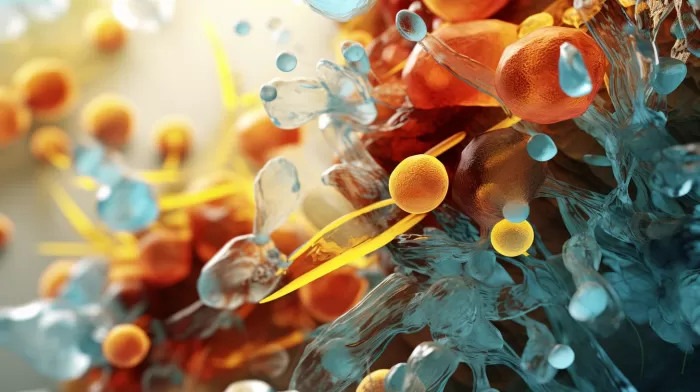Systemic proteolytic enzymes have proven successful in treating a variety of illnesses, including cancer. In this article, you will discover how systemic enzyme therapy works to reduce cancer growth, learn about key historical figures and the controversies surrounding the therapy, and find out where things stand today.
Dr. James Beard and the Origins of Systemic Enzyme Therapy for Cancer
In 1902, Scottish Ph.D. embryologist James Beard observed that animal placental embryonic cells (now known as stem cells) invaded the female uterus similarly to cancerous invasions in body tissues. He found that placental cell growth stopped when the embryonic pancreas started secreting pancreatic enzymes. From this observation, he came to the conclusion that pancreatic enzymes control and kill cancer.
Dr. Beard used animal pancreatic enzymes to successfully treat cancer in animals and humans in 1906. However, his work was not published in mainstream medical literature.
Dr. William Donald Kelley: A Personal Victory Against Cancer
Dr. Kelley was a practicing dentist who was diagnosed with metastatic pancreatic cancer, a disease with less than a 3 percent survival rate. He managed to survive by using the dietary teachings of Max Gerson, M.D., and Dr. Beard’s pancreatic enzyme therapy protocol.
In 1969, Dr. Kelley published an account of his battle with pancreatic cancer and an explanation of why the protocol worked in his best-selling book, One Answer to Cancer. He used the diet modification and proteolytic enzyme protocol to report a 93 percent success rate for cancer patients who came to him before undergoing chemotherapy, radiation, or surgery. He claimed a 50 percent survival rate for end-stage cancer patients given only 3 months to live.
Dr. Kelley faced harsh backlash and noted the influence of money within the medical establishment. He believed that there will never be a cure for heart disease or cancer because of the significant profit generated from treating the diseases. He stated, “Between the AMA, the hospitals, pharmaceutical and drug manufacturers, the money wheel never stops turning — and those who suffer needlessly are bankrupted.”
Dr. Nicholas Gonzalez: Continuing the Legacy
Dr. Nicholas Gonzalez met with Dr. Kelley while still a third-year medical student, reviewed his clinical records, and wrote a detailed account of Dr. Kelley’s successes with cancer treatment. He later set up his own practice in New York in 1987, along with Dr. Linda Isaacs, offering personalized therapy for cancer and other degenerative diseases. Their treatment program includes many nutrients, animal glandulars, and a pancreas product (containing naturally occurring enzymes) made from pig pancreas. Cancer patients take up to 45 grams of pancreas product daily, which equals around 130-175 capsules. Although the treatment has not been deemed effective by the National Cancer Institute, the therapies continue to be explored.
Proteolytic Enzyme Therapy in Alternative Medicine Clinics
Various alternative medicine clinics use Dr. Kelley’s protocol in their treatment regimens. Here is a list and description of some of them. Meanwhile, proteolytic enzyme therapy has already been documented in medical literature for its anticancer effects. For example, a 1990 study published in the Journal of Experimental Pathology observed mice with tumors treated with enzyme therapy. Researchers found that the therapy suppressed tumor growth and induced cellular necrosis (cell death) within just three days.
Despite these promising results, there remains a long road of research and debate ahead before proteolytic enzyme therapy gains mainstream acceptance. In the meantime, systemic enzyme therapy offers a ray of hope for those seeking alternative cancer treatment options.



